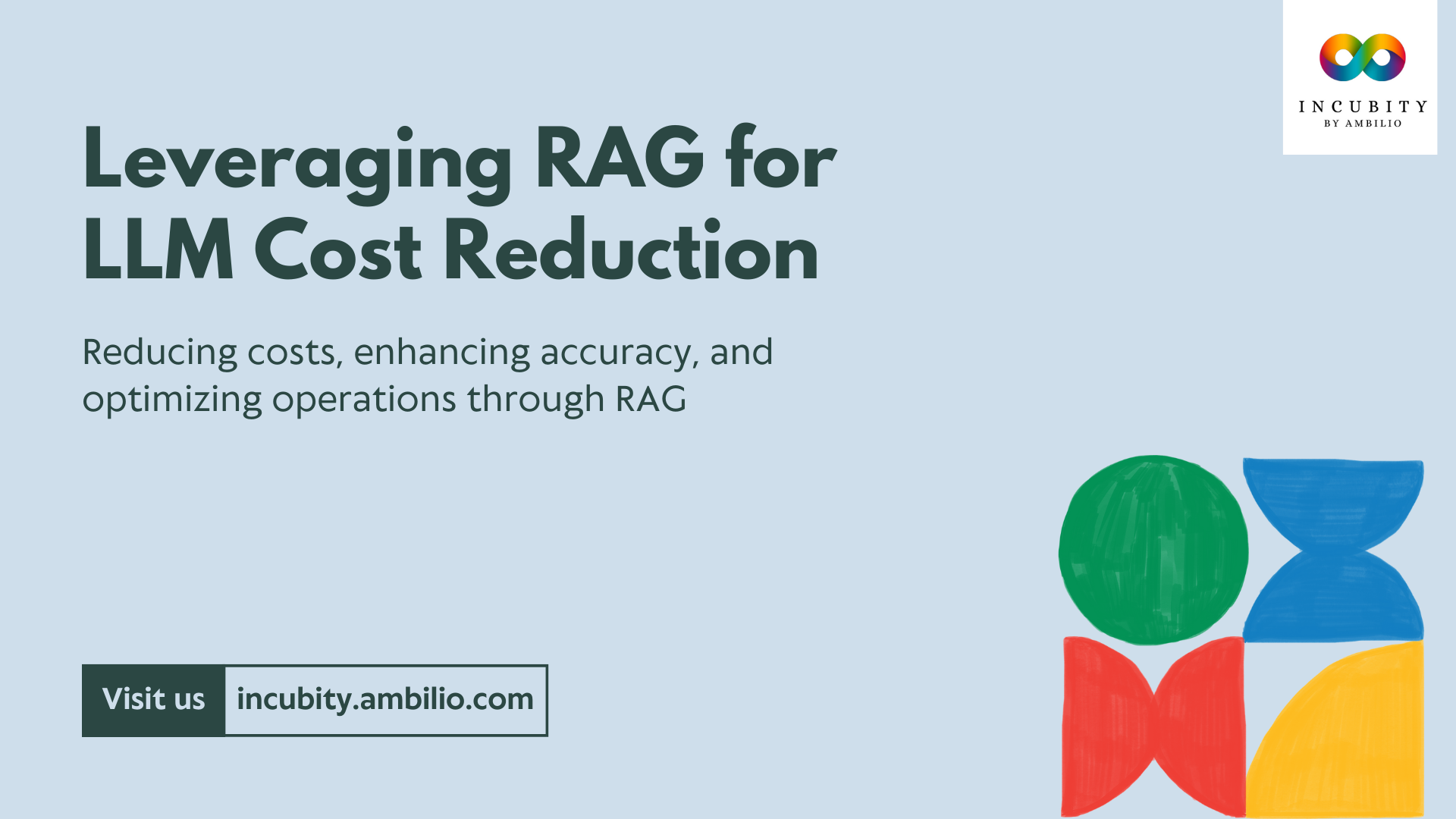Retrieval-Augmented Generation (RAG) is transforming how organizations deploy and manage Large Language Models (LLMs). By integrating RAG into LLM applications, businesses can optimize their operations, enhance response accuracy, and manage expenses more effectively. This approach combines the strengths of information retrieval and language generation, enabling models to access external databases for relevant information. Consequently, it reduces token usage, enhances efficiency, and improves response quality. This article delves into how to leverage RAG for cost reduction in LLM applications, detailing its mechanisms, benefits, and practical implementations.
Understanding RAG
RAG combines the strengths of information retrieval and language generation. Unlike traditional LLMs that rely solely on their pre-trained knowledge, RAG allows the model to access external databases or documents for relevant information. This process involves three key steps:
1. Indexing
In the indexing phase, external data sources are organized and chunked into smaller pieces. These pieces are then stored in a vector database for efficient retrieval. The goal is to create a comprehensive and easily searchable index of information that the LLM can access as needed.
2. Retrieval
When a query is received, the system searches the indexed data to find the most relevant information. Techniques like semantic search are used to ensure that the retrieved information is contextually appropriate and pertinent to the query.
3. Generation
The retrieved information is then integrated with the original query and fed into the LLM. The LLM generates a response based on both its training and the newly acquired data. This hybrid approach allows the model to provide more accurate and up-to-date responses.
Leveraging RAG for Cost Reduction
RAG contributes to cost reduction in several significant ways. By optimizing how information is retrieved and utilized, organizations can achieve substantial savings.
1. Decreased Token Usage
One of the primary ways of RAG for cost reduction is by minimizing the number of tokens sent to the LLM. Traditional methods often require sending extensive context along with each query, which can lead to high costs due to token-based pricing models. With RAG, only the most relevant pieces of information are retrieved and sent to the LLM. This significantly lowers the token count and, consequently, the costs associated with each API call.
2. Enhanced Efficiency
RAG allows for more efficient use of computational resources. By leveraging external knowledge, LLMs can generate responses without needing extensive fine-tuning for specific tasks. This reduces the computational load and avoids the need for retraining large models on task-specific datasets, which can be both time-consuming and expensive. Additionally, the ability to access current information means that organizations can avoid the costs associated with maintaining outdated models.
3. Improved Response Quality
By providing LLMs with up-to-date and relevant information, RAG enhances the quality of responses. This improvement can lead to higher user satisfaction and reduced operational costs associated with handling incorrect or irrelevant outputs. Incorrect responses often require additional resources to rectify, so improved accuracy directly translates to cost savings.
4. Adaptive RAG
Recent advancements in RAG, such as Adaptive RAG, further optimize cost management. This technique dynamically adjusts the number of documents retrieved based on the complexity of the query. For simpler questions, fewer documents are used, reducing costs, while more complex queries can trigger additional retrievals. This adaptive approach ensures that the system remains cost-effective without sacrificing accuracy. In some cases, this can lead to a fourfold reduction in costs for certain applications.
Practical Applications of RAG
Organizations across various sectors are implementing RAG to enhance their LLM applications. Here are some notable use cases:
Customer Support
By integrating RAG with chatbots, businesses can provide accurate responses drawn from their knowledge bases. This improves efficiency and reduces the need for extensive human intervention. For example, a customer service bot can quickly retrieve and present the most relevant information to answer customer queries, reducing the time and cost associated with human customer support.
Research and Development
RAG can assist in analyzing vast amounts of literature, generating insights, and aiding hypothesis formulation. This accelerates research processes while controlling costs. In fields like pharmaceuticals, where staying updated with the latest research is crucial, RAG can help researchers quickly find and synthesize information from numerous studies, reducing the time and resources needed for manual searches.
Internal Knowledge Management
Companies can utilize RAG to create robust internal search systems that allow employees to retrieve information from official documents quickly. This enhances decision-making and operational efficiency. For instance, employees can use a RAG-powered search tool to find policies, procedures, and past project reports, saving time and reducing the costs associated with prolonged information searches.
Conclusion
The integration of Retrieval-Augmented Generation into LLM applications presents a compelling strategy for cost reduction. By optimizing token usage, enhancing efficiency, and improving response quality, RAG allows organizations to leverage the full potential of LLMs without incurring prohibitive costs. As the technology evolves, the adoption of RAG is likely to expand, driving innovation and operational excellence across industries. Organizations looking to implement LLMs should consider RAG as a viable approach to enhance their capabilities while managing costs effectively.
In summary, RAG stands out as a transformative approach that not only improves the performance of LLMs but also makes their deployment more economically feasible. By combining the best of retrieval and generation, RAG ensures that LLM applications are both powerful and cost-efficient, making it an invaluable tool for modern enterprises.



